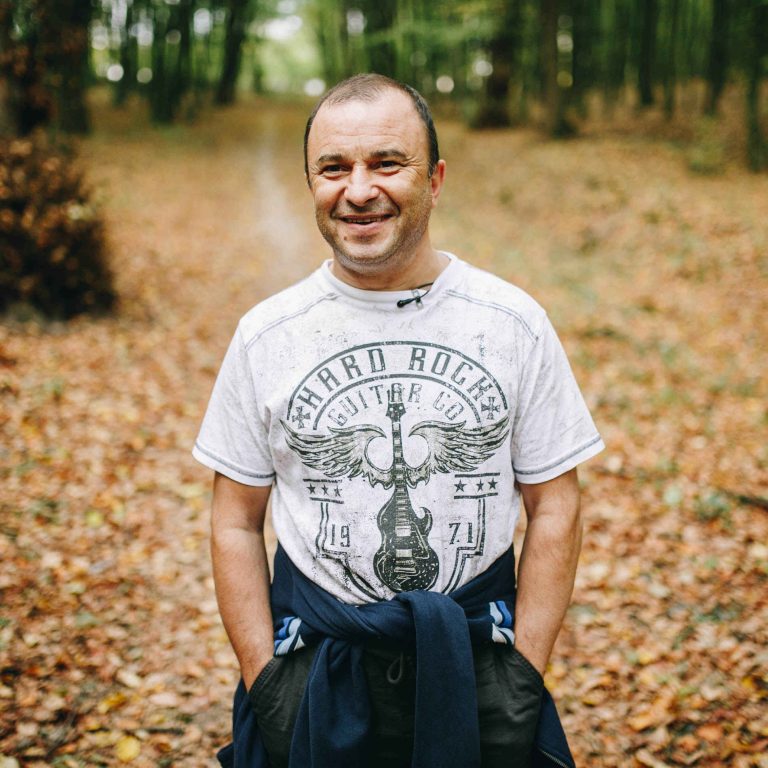In the Ambassadors project, famous people tell us about the places where they grew up. In the eleventh story, singer and performer Viktor Pavlik introduces us to his home town, Terebovlia. Bogdan Logvynenko, the founder of the Ukraïner project, joined Viktor Pavlik to witness the gradual transformation of Terebovlia into a mecca for tourists.
Terebovlia is one of the oldest cities in western Ukraine. It was first mentioned in 1097 in the ‘Tale of Bygone Years’ (known in English-language historiography as the ‘Primary Chronicle’). The city’s name might have derived from the Old East Slavic word ‘terebyty’, meaning ‘to crash’ or ‘to pull’: the first settlers may have uprooted the forest on the site where Terebovlia was later founded.
When the city was under Polish rule, it was known as Trembovlia, but in 1944 it was renamed Terebovlia. Despite this, the local train station retained the old name until Ukraine regained its independence (and local residents still refer to it this way).
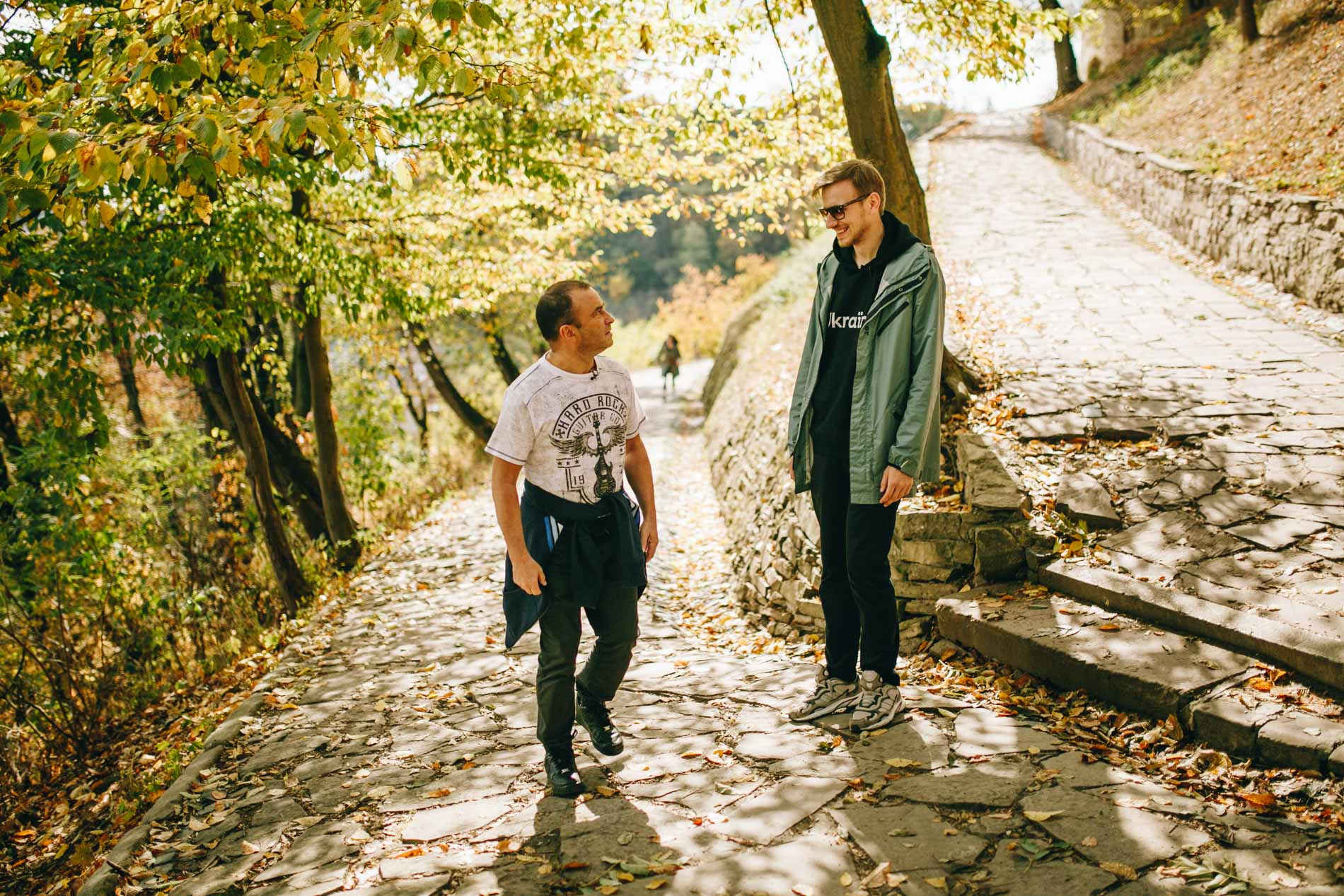
— Do you get recognised in Terebovlia?
— I try not to go anywhere when I’m in town. I have concerts pretty much every single day, so I try to stay away from people after my concerts, I try to be free, to hide away. That’s the only way I can protect myself, get some rest, and renew my energy.
Terebovlia Castle, a 12th-century landmark of defensive architecture, is located on the right bank of the river Hnisna, on the site of an ancient Rus’ hill fort. The castle took its present form during the rule of the starosta Oleksandr Balaban (a ‘starosta’ was a community elder whose role was to administer the assets — ed.), but its roots go back to the era of feuding princes, when Terebovlia was part of the lands belonging to knyaz Vasylko Rostyslavovych, the descendant of knyaz Yaroslav the Wise. Due to repeated raids, the castle was constantly being restored and rebuilt.
After the First Partition of Poland in 1722, Terebovlia became part of the Austro-Hungarian Empire. The inner part of the structure was demolished and a barracks erected there instead. After some time, the authorities allowed the local inhabitants to dismantle the castle buildings and use the materials for construction purposes.
At the end of the 1990s, what remained of the castle was cleared of trees, and archaeological investigations were carried out there. In 2008, Terebovlia Castle became part of the ‘Castles of Ternopil region’ national reserve.
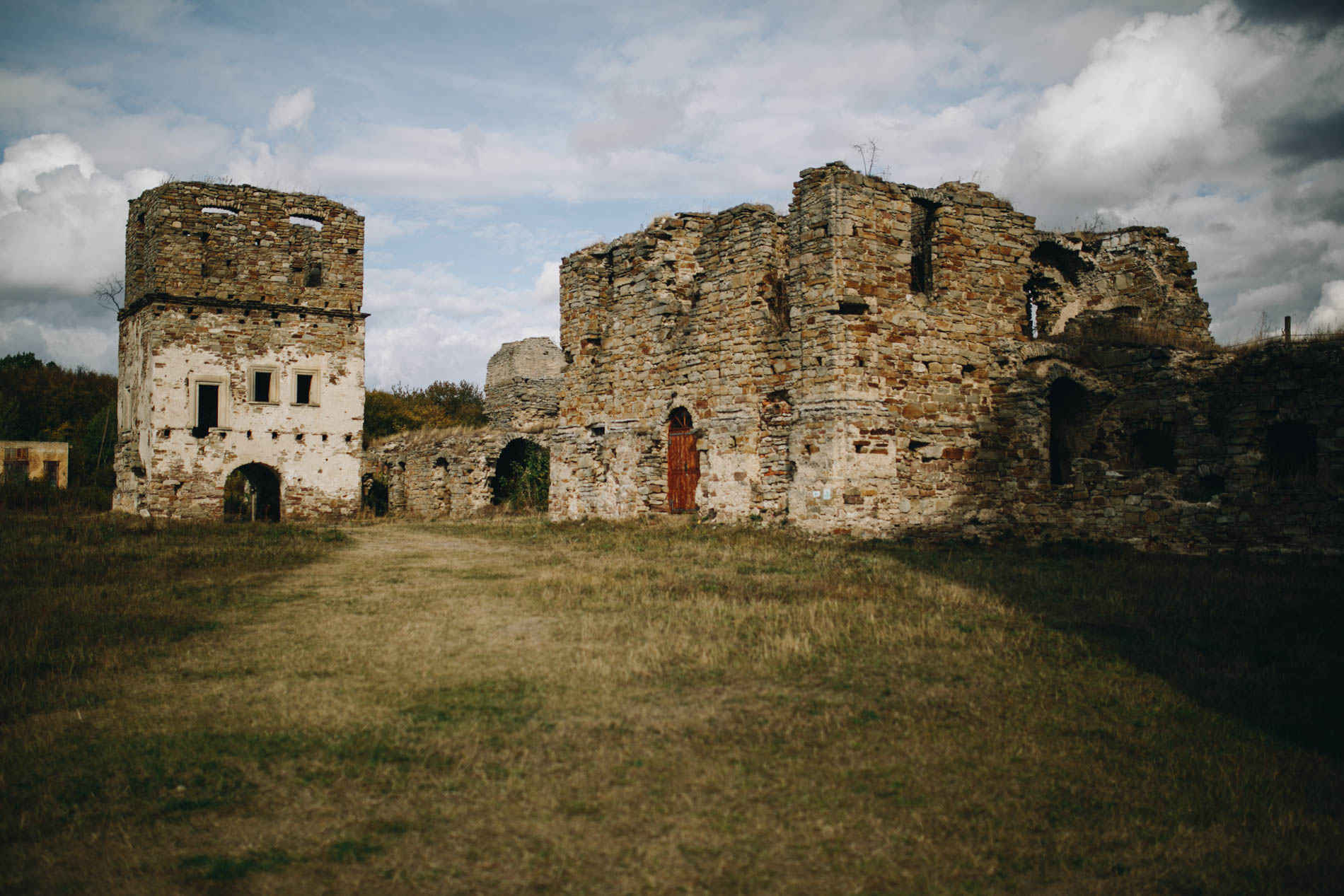
— Is the castle the oldest landmark in Terebovlia?
— I think it was the first structure to be built here — the settlement was built just downhill from it. There’s an old bridge too, and the town hall is also very old, but the castle is where it all began. They say the fortress sinks by one centimetre each year. I’m sure it’s sunk by two to five centimetres over the last 50 years, over the course of my lifetime. It must have been up to two metres taller when it was built.
— Why is Terebovlia Castle significant to you?
— The fortress is well known all over Ukraine as a historical landmark. 40 years ago, maybe a bit more, I used to come here to ski. I spent my childhood here. I was born and raised in Terebovlia and my mother lives here. Everything here is dear to me, every pebble and every tree. My friends and I used to play battle games and Cowboys and Indians here.
— Did you visit Terebovlia Castle often?
— There was a stage on the other side of the fortress and on Youth Day, Constitution Day and various other occasions, summer festivals were held here. I performed on the stage with other performers from the region. Lots of people would have barbecues and drink beer, as they always did back in the Soviet times.
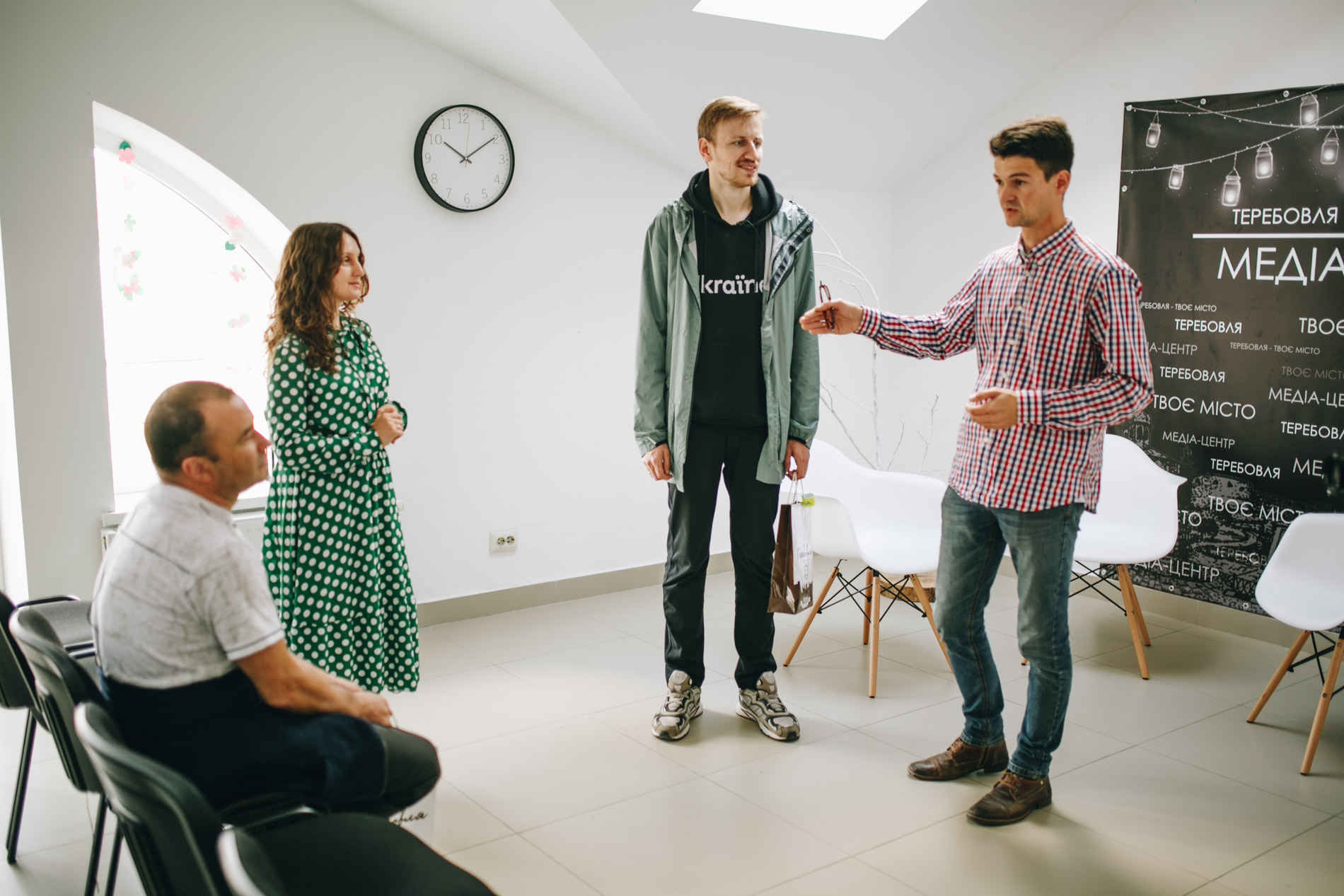
In October 2019, a media centre opened in Terebovlia. It supports the local media industry and encourages the development of entrepreneurship. After seven years of existence in an online format, the NGO ‘Mediacentre. Terebovlia’ has become a fully-fledged media studio and platform for community initiatives. Ilona Kozar, the head of the media centre, says that people wishing to launch similar projects in other cities often reach out to them for guidance:
“Besides media projects, we have different events pretty much every week, almost every day. The activists of the Terebovlia women’s movement have made our centre their home: they have their get-togethers here, and work on personal development and charity. We also host a mini children’s TV studio, where primary school students learn how to speak in front of a camera. We show things from a different perspective and teach people to look at things differently, because these days, people tend to criticise everything. There are very few people who say, “I’m going to make this happen!” In order to make things happen, you have to love your town.
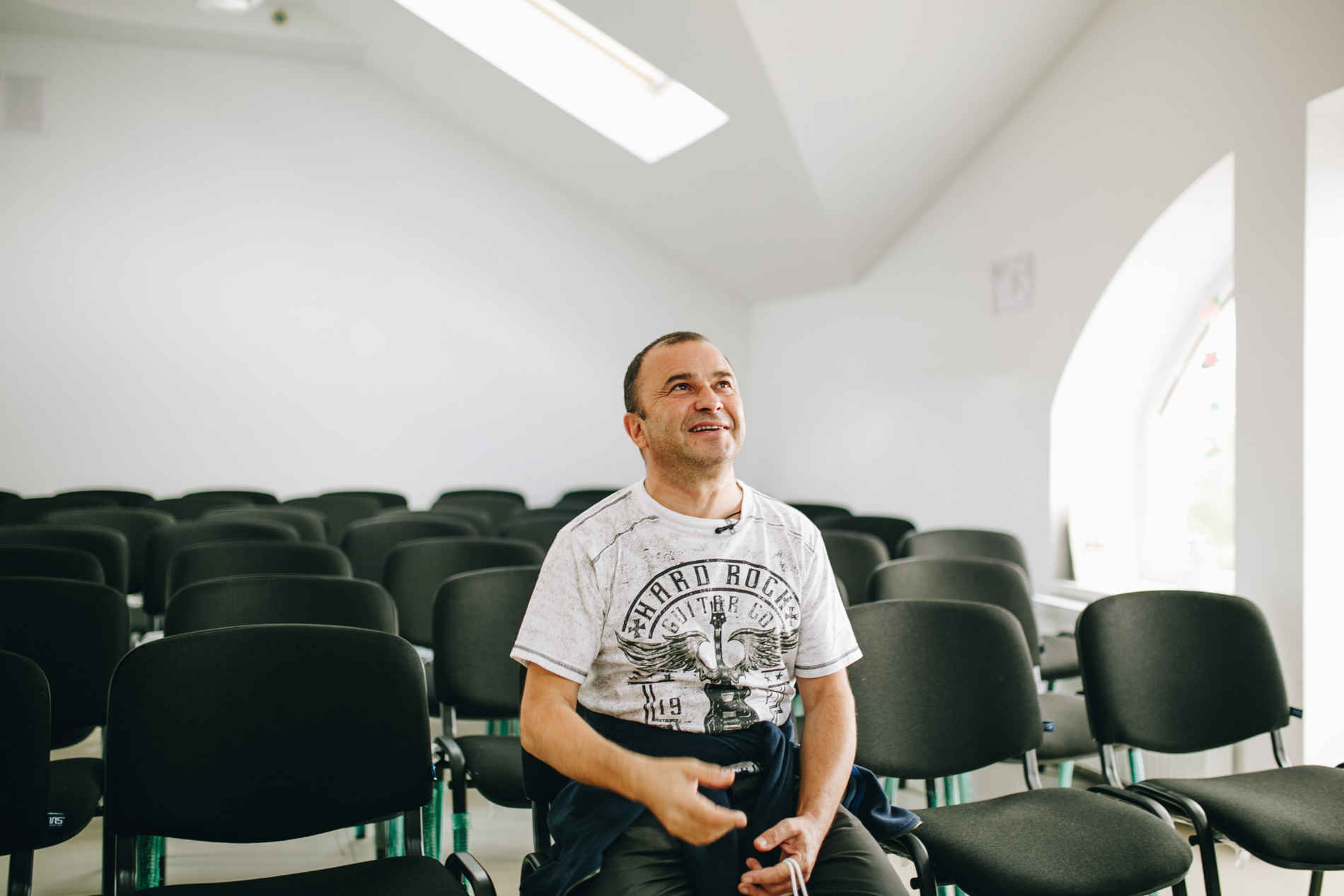
— What was your early repertoire like?
— It was a patriotic, Komsomol repertoire (the Komsomol was a youth organisation in the Soviet Union with a strong communist ideological platform — ed.). Back then, that kind of thing was quite mainstream and in demand.
— Were you able to choose your own repertoire?
— It was partly up to me, but the final decision came from the local department of culture (in the Soviet era, each town or village council had different departments that were responsible for the implementation of ideology — ed.). They selected which songs could be performed and which couldn’t. Everything had to be about Stalin, Lenin and Brezhnev. There was a song that went “And Lenin is young once again / And the young October is ahead”. We had a pun on this: “[John] Lennon is still alive!” We were told: “You can’t say that! They’ll put you in jail!” Things were once very strict.
The construction of the Roman Catholic church of St Peter and Paul in Terebovlia took place in the 1920s. The building was erected in the style of an old Christian basilica and could hold about 200 people. This unique building was designed by the architect and engineer Adolf Shyshko-Bohush. In 1939, when the Soviet regime seized the territory of western Ukraine, the temple was closed and transformed into a granary. In the 1950s, a House of Culture was established in the building. After Ukraine regained its independence, the church was officially returned to the Roman Catholic community.
— What do you know about this Catholic church?
— During the Soviet era, it was the Palace of Culture, and before that it was a Catholic church. I remember when we were little it was prohibited to go to church. The whole family could have got in real trouble. You could be sent to prison for small things like that. It’s nice that things eventually resume their natural course. Everything comes full circle.
— Is it true that in Terebovlia three different confessions exist right next to each other?
— I’ve never given it a moment’s thought — that’s a very common situation for me, because it’s my home town. But you’re right: Orthodox, Greek Catholics, the Polish church. For visitors, it’s a very interesting fact, very original.
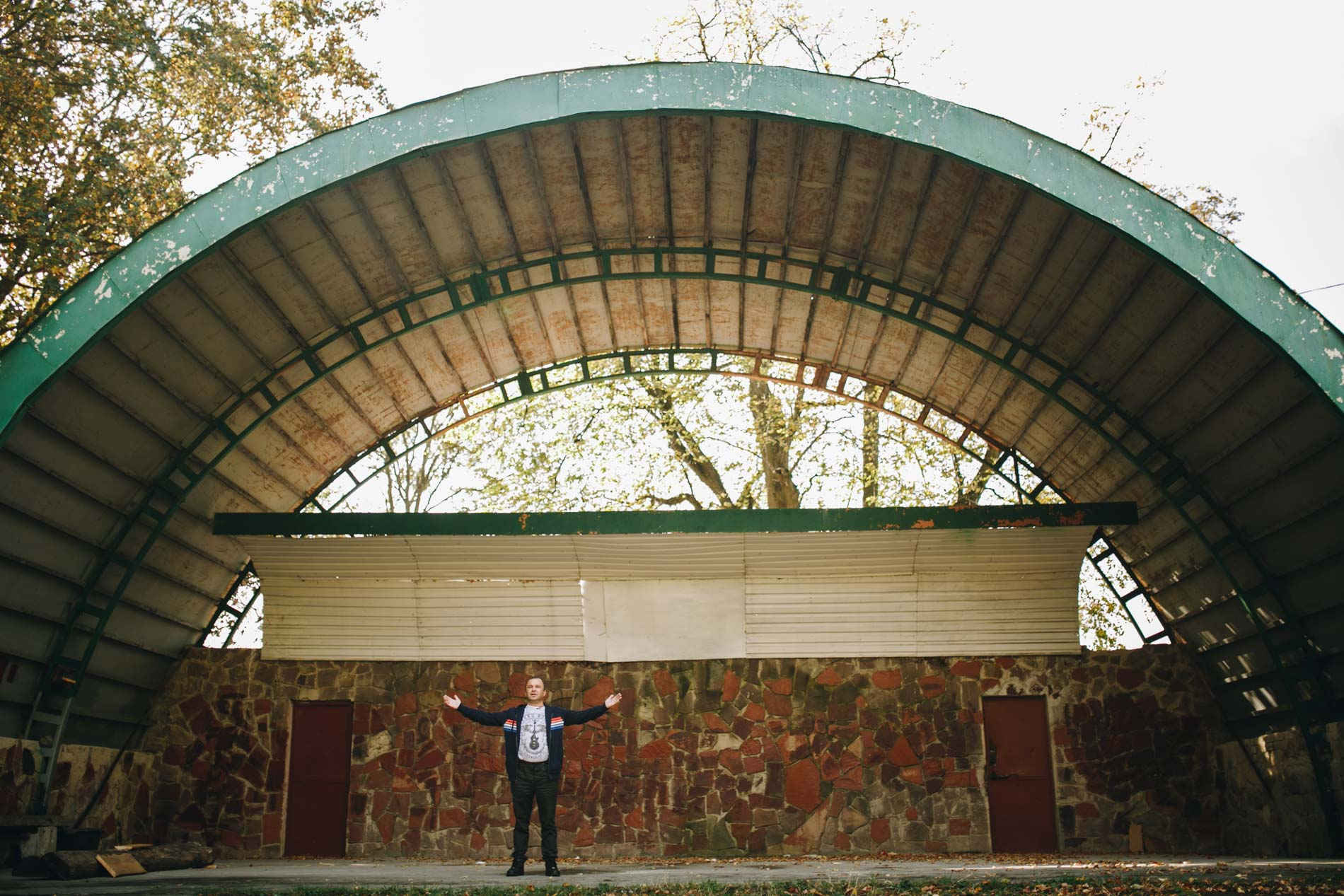
— When did you decide to leave Terebovlia?
— In 1981 I moved from Terebovlia and since then I haven’t lived here. Later on, I moved to Poltava region and was drafted there. I worked at Ternopil Regional Academy of Music from 1987 onwards. I visited Terebovlia every once in a while because my mother and my friends were here.
— Was the trip to Turkey a new stage in your career?
— No, I went to Turkey as a ballet director. I would sing a song or two between the dance acts. I had a six-month contract, and then I met a local musician and stayed in Turkey for another six months. I mean it wasn’t like a new page in my artistic career. Just another stage in my life, which lasted for a year, in Turkey. That was 20 years ago.
— Do you remember the point in your life when you became popular?
— Everything contributed to it: Turkey, Anna-Maria, as well as my work with the Philharmonic, and when I accompanied Ivo Bobul. I came to Kyiv in 1996 and began my solo career. I was able to develop my image and my popularity thanks to various festivals and singing contests. There was a festival in Lviv and I became its laureate, and sang two songs: ‘Ni obitsianok, ni probachen’ (‘No promises, no forgiveness’) and ‘Shykydym’. It was the beginning of 1997, the Opera House was full of people applauding wildly. I went to bed that evening and woke up famous the next morning, because my song ‘Shykydym’ was immediately broadcast on all the radio stations, literally everywhere possible. They released one million copies of the cassette. It was really powerful.
Anna-Maria
Viktor Pavlik’s band in the early 1990s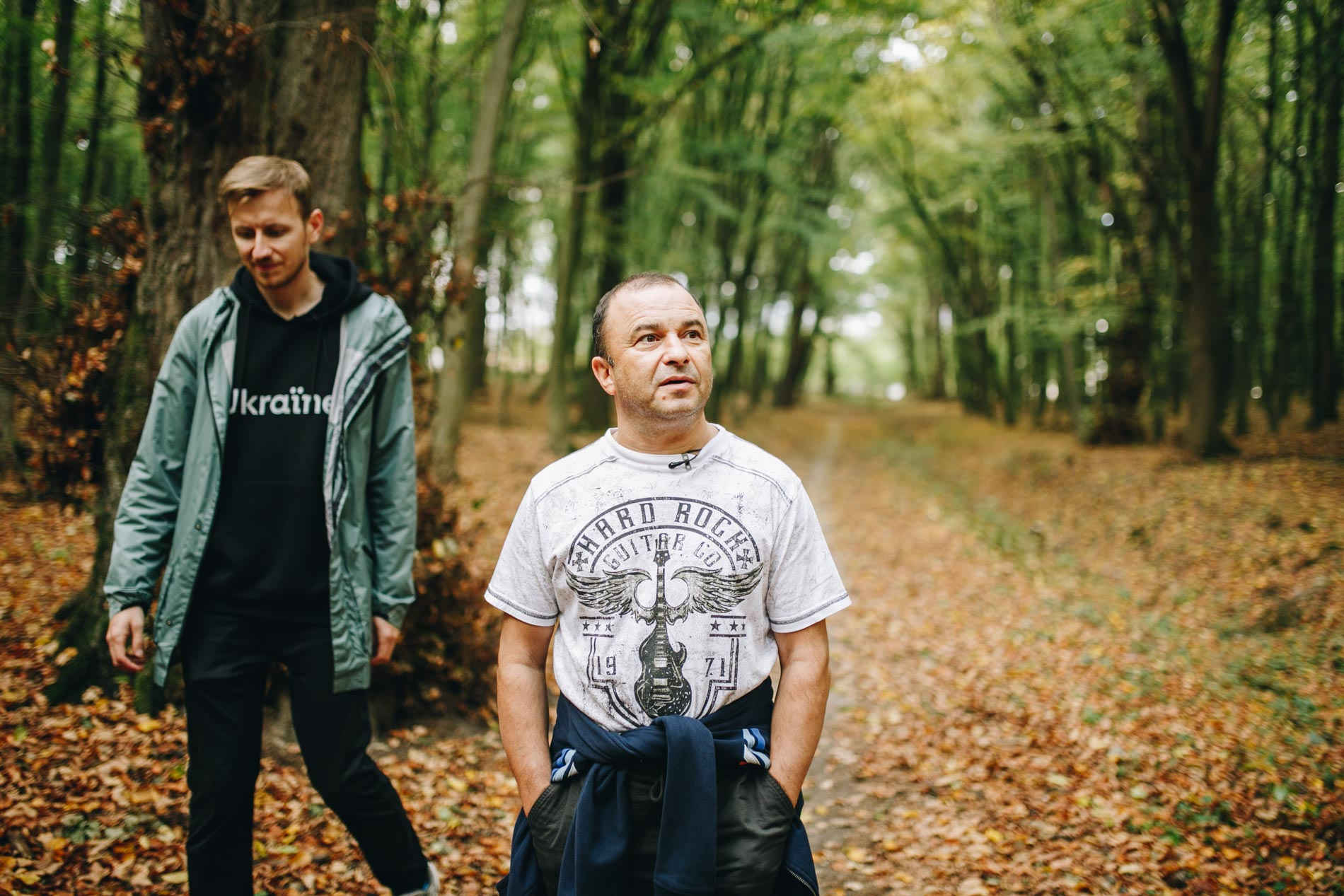
— Was it the original version of ‘Shykydym’?
— No, it was a Ukrainian version. That’s another story, because in Turkey I sang ‘Shykydym’ in Turkish. Tarkan released this song in 1995. It was extremely popular back then, while I was living in Turkey. We sang it when I performed at restaurants and nightclubs with Turkish musicians.
Tarkan
Turkish singer.— How did you get the idea to do a Ukrainian version of ‘Shykydym’?
— When I came back to Ukraine, I told Stepan Haliabarda about this awesome song. I sang him a bit of it, and he offered to write the lyrics. I thought to myself: “How can a Ukrainian text be put to Turkish music, for a Turkish song?” Especially since it sounds totally different in Turkish.
— After the trip to Turkey you also went to the USA, didn’t you?
— Yes, but you can’t compare my year in Turkey to my other trips abroad. Yes, I toured the USA for several months.
Stepan Haliabarda
Ukrainian poet.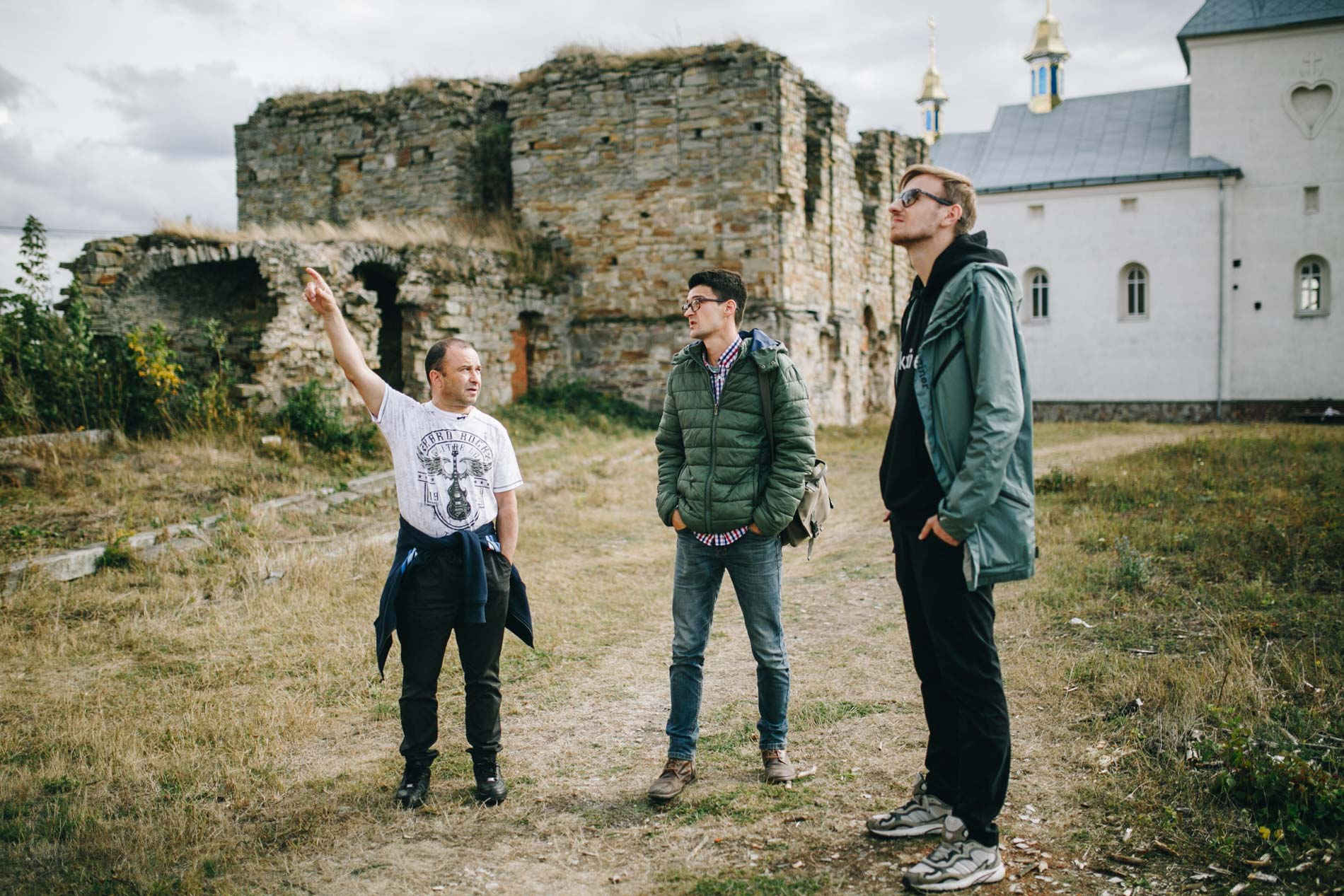
— Did you have a lot of concerts on the US tour?
— We had a concert for the Ukrainian diaspora in pretty much every state. We were in New Jersey, Philadelphia, San Francisco, Sacramento, California. I was staying in Sacramento in September-October of 2003. I clearly remember they were having state elections, and we were leaving on Monday, and Arnold Schwarzenegger became the Governor of California.
— When did you come up with the idea to record an album in English?
— I must have had that idea since the days of Anna-Maria, back in the early 1990s. Right after that, in 1995, I went to Turkey and spent a year there performing a lot of classic hits in English. When the band Anna-Maria was formed, there was another bandmate, Oleh Ryha. He was the author of so many different songs in our repertoire. He had a very beautiful ballad and my other friend and colleague, Eduard Klim, wrote some beautiful lyrics in English: “I saw my coming day”. So I recorded this ballad.
— Are you working on any new projects right now?
— The most important project for me is the band Pavlik OverDrive. This February (2019 — ed.) we had a powerful concert. Now we’re working on the release of the album ‘This is epic’ because it’s already been 30 years since I started performing on stage, and my creative output has become somewhat legendary.
Pavlik OverDrive
The band created by Viktor Pavlik in 2015.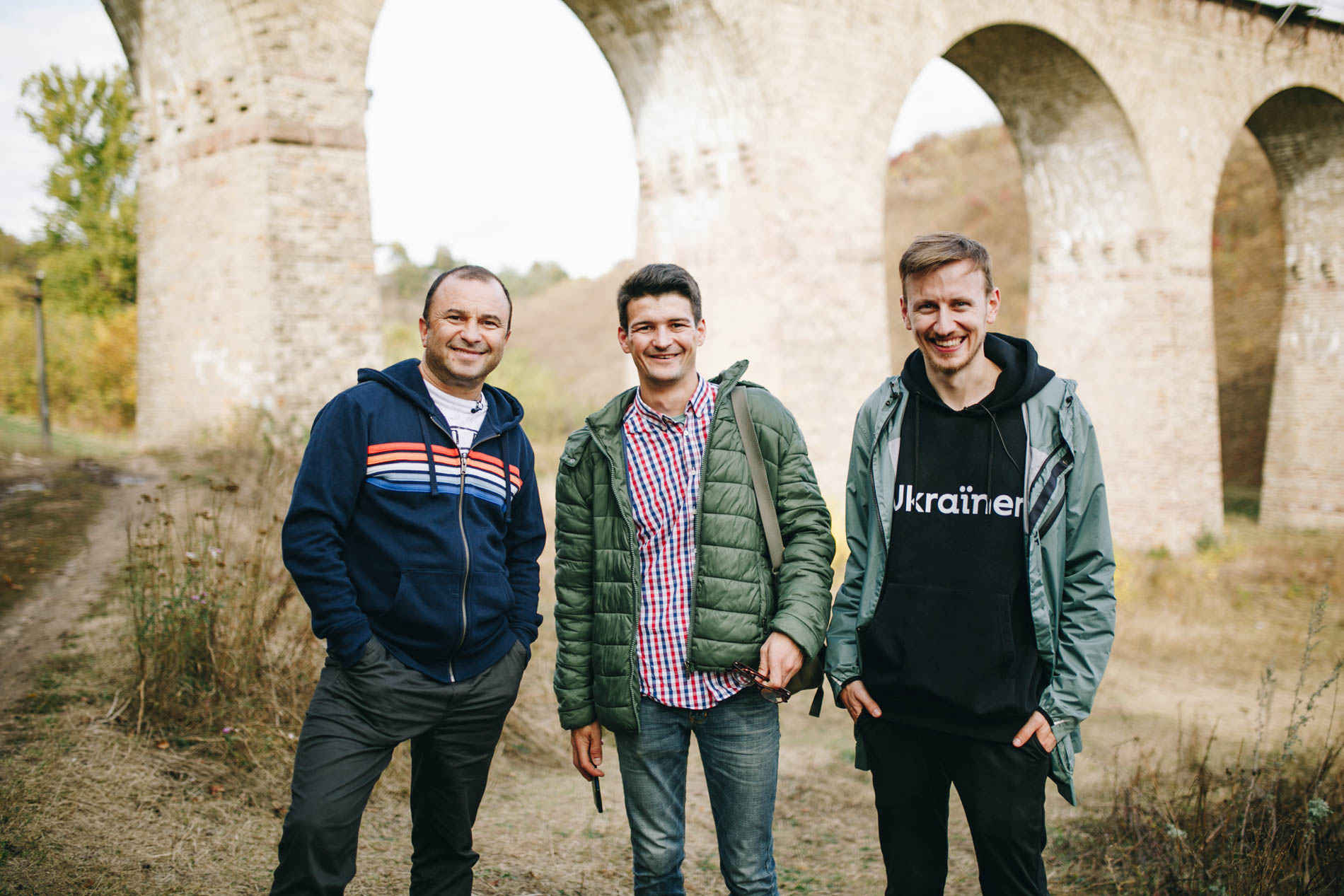
In 1896, a railway viaduct opened near the village of Plebanivka, not far from Terebovlia. It was built by local workers under the supervision of Italian and Austrian engineers, since at that time Terebovlia and the surrounding villages were part of the Austro-Hungarian Empire. The Plebanivka viaduct is a national architectural landmark and is still in operation to this day.
— What do you know about the Plebanivka viaduct?
— I’ve heard that the mortar was made with egg yolk. Concrete hadn’t been invented yet, so they used egg yolk instead.
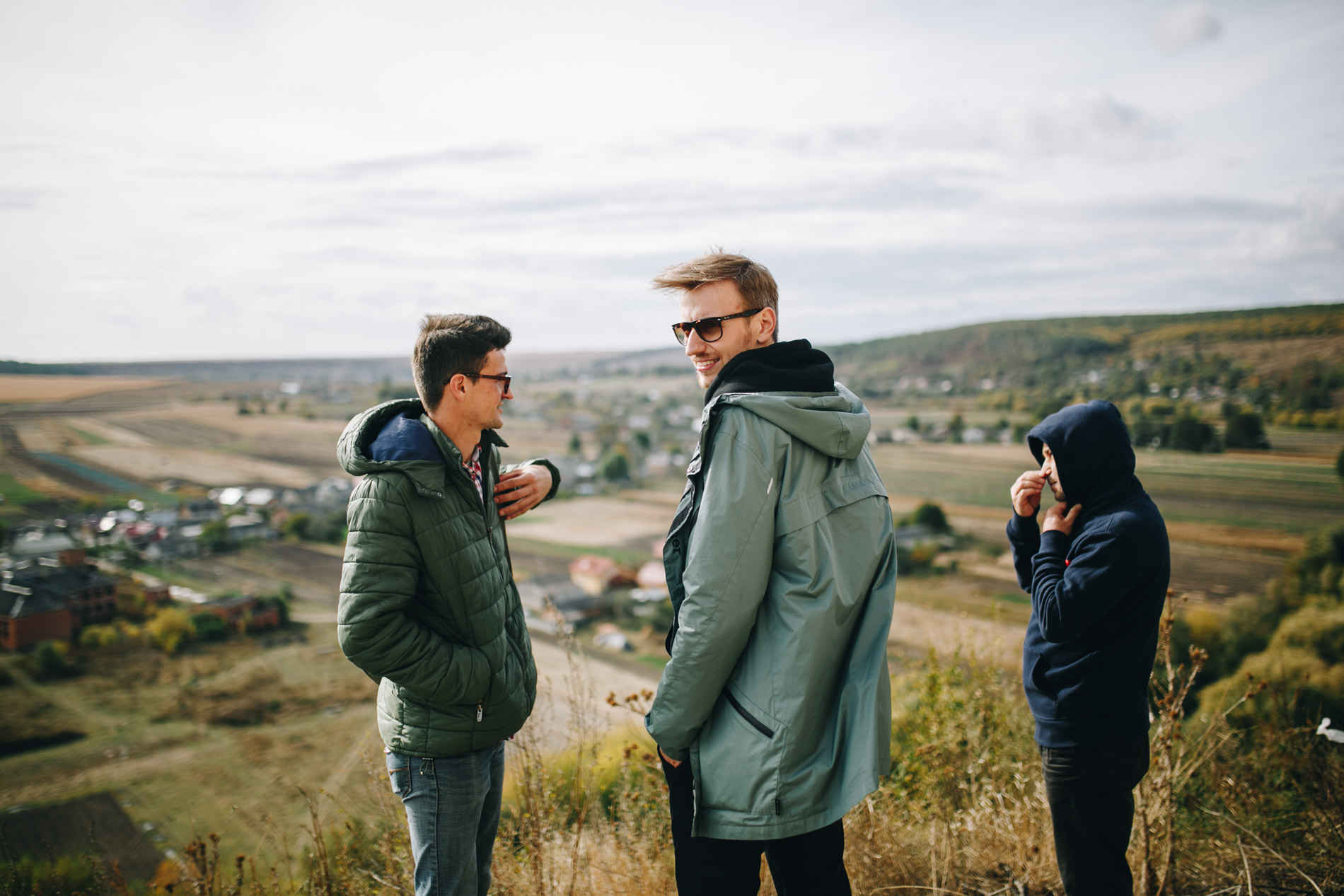
In September 2017, a tourist information centre opened in Terebovlia; its team has worked out a strategy for the development of tourism in the town, and promotes the local historical heritage. They have also created an online multimedia guidebook, ‘Terebovlia.info’, and take part in tourism and leisure exhibitions.
The head of the centre, Stepan Zelinskyi, believes that Terebovlia needs cycle routes that will encourage tourists to explore the town in more depth, and keep them for longer: We’re trying to develop tourism because we don’t really have tourists, just daytrippers who come for a visit and continue on their way. The tourist information centre is a municipal enterprise that was created to organise excursions and to make money that can be used to further the development of tourism.
— Do you have time to travel?
— No. Firstly, I don’t really like travelling, and secondly, in my line of work, I travel every day; every day I’m in a different city. I might go to the cinema, but visiting historic places isn’t really my thing.

